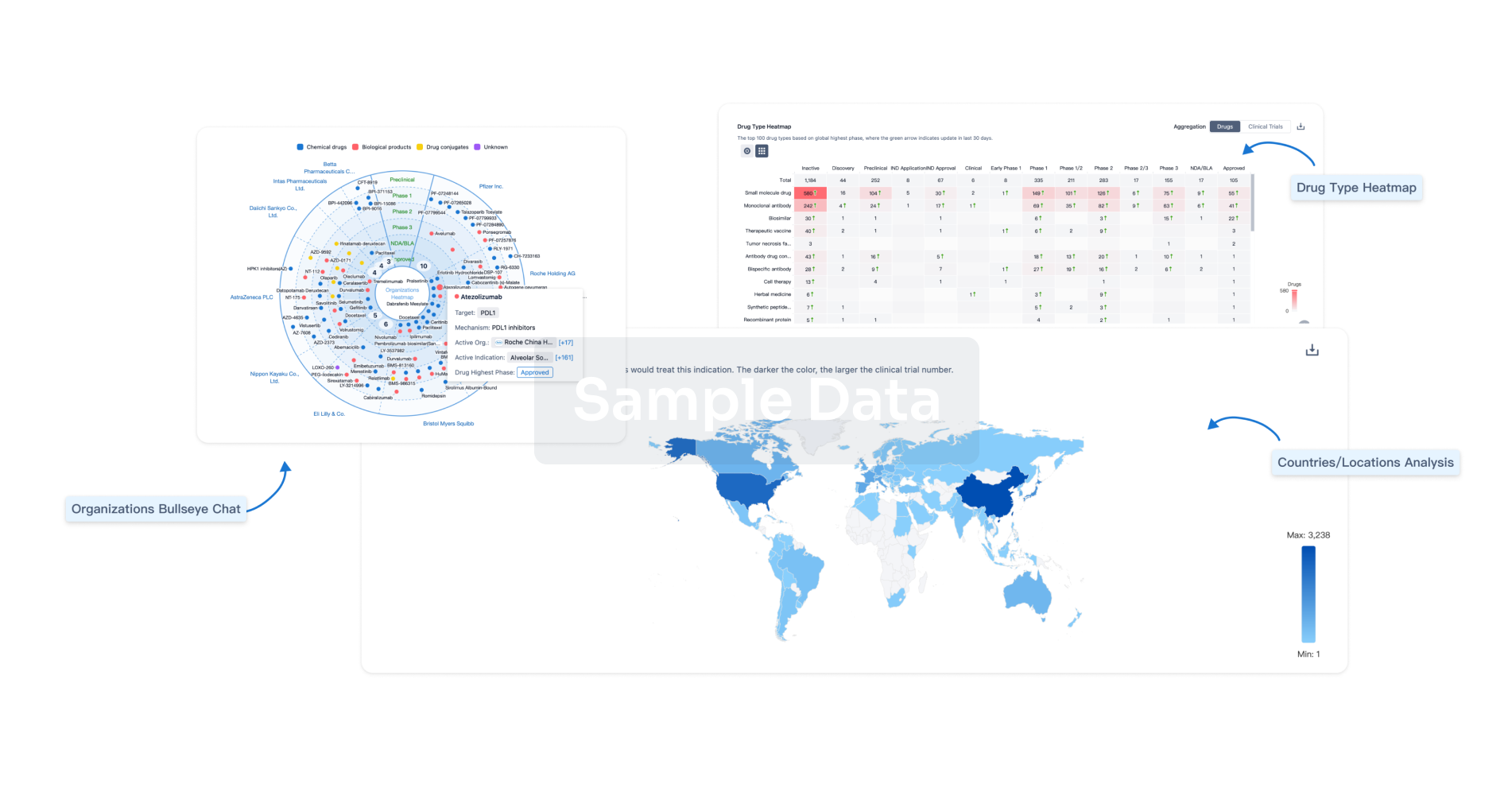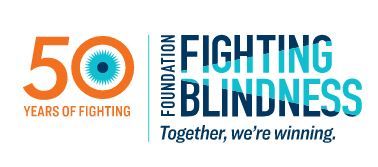Request Demo
Last update 08 May 2025
Fundus Albipunctatus
Last update 08 May 2025
Basic Info
Synonyms FUNDUS ALBIPUNCTATUS, Fundus Albipunctatus, Fundus albipunctatus + [3] |
Introduction A rare genetic retinal dystrophy with characteristics of the presence of numerous small, round, yellowish-white retinal lesions that are distributed throughout the retina but spare the fovea. Patients present in childhood with non-progressive night blindness with prolonged cone and rod adaptation times. The macula may or may not be involved, which may result in a decrease of central visual acuity with age. |
Related
3
Clinical Trials associated with Fundus AlbipunctatusJPRN-UMIN000018565
Genetic testing for Japanese retinitis pigmentosa and related diseases - Genetic testing for Japanese retinitis pigmentosa and related diseases
Start Date01 Sep 2015 |
Sponsor / Collaborator- |
JPRN-UMIN000017676
Effect of 9-cis beta-carotene on retinal function of fundus albipunctatus - Effect of 9-cis beta-carotene on fundus albipunctatus
Start Date07 May 2015 |
Sponsor / Collaborator |
NCT02435940
Foundation Fighting Blindness My Retina Tracker Registry
The My Retina Tracker® Registry is sponsored by the Foundation Fighting Blindness and is for people affected by one of the rare inherited retinal degenerative diseases studied by the Foundation. It is a patient-initiated registry accessible via a secure on-line portal at www.MyRetinaTracker.org. Affected individuals who register are guided to create a profile that captures their perspective on their retinal disease and its progress; family history; genetic testing results; preventive measures; general health and interest in participation in research studies. The participants may also choose to ask their clinician to add clinical measurements and results at each clinical visit. Participants are urged to update the information regularly to create longitudinal records of their disease, from their own perspective, and their clinical progress. The overall goals of the Registry are: to better understand the diversity within the inherited retinal degenerative diseases; to understand the prevalence of the different diseases and gene variants; to assist in the establishment of genotype-phenotype relationships; to help understand the natural history of the diseases; to help accelerate research and development of clinical trials for treatments; and to provide a tool to investigators that can assist with recruitment for research studies and clinical trials.
Start Date01 Jun 2014 |
Sponsor / Collaborator |
100 Clinical Results associated with Fundus Albipunctatus
Login to view more data
100 Translational Medicine associated with Fundus Albipunctatus
Login to view more data
0 Patents (Medical) associated with Fundus Albipunctatus
Login to view more data
79
Literatures (Medical) associated with Fundus Albipunctatus01 Feb 2025·Journal of Biological Chemistry
HSP90 stabilizes visual cycle retinol dehydrogenase 5 in the endoplasmic reticulum by inhibiting its degradation during autophagy
Article
Author: Xue, Mengjiao ; Peng, Xuyan ; Hu, Yanzhong ; Jiang, Mingjun ; Chen, Dan-Dan ; Zhang, Fengyan ; Lang, Youfei ; Wang, Yuxuan ; Jia, Xiaolin ; Dong, Yichen ; Zhou, Guiling ; Shang, Guohui ; Liu, Baixue
01 Nov 2023·Heliyon
Roles and mechanisms of long non-coding RNAs in age-related macular degeneration
Review
Author: Gui, Chenwei ; Zhang, Rong ; Wang, Lin ; Pei, Yajing ; Zhou, Guohong ; Li, Yang
01 Oct 2023·American Journal of Ophthalmology
One-Year Outcomes of Oral Treatment With Alga Capsules Containing Low Levels of 9-cis-β-Carotene in RDH5-Related Fundus Albipunctatus
Article
Author: Nakano, Tadashi ; Aoki, Takuya ; Mizobuchi, Kei ; Hayashi, Takaaki ; Kondo, Mineo ; Ueno, Shinji ; Terasaki, Hiroko
Analysis
Perform a panoramic analysis of this field.
login
or

AI Agents Built for Biopharma Breakthroughs
Accelerate discovery. Empower decisions. Transform outcomes.
Get started for free today!
Accelerate Strategic R&D decision making with Synapse, PatSnap’s AI-powered Connected Innovation Intelligence Platform Built for Life Sciences Professionals.
Start your data trial now!
Synapse data is also accessible to external entities via APIs or data packages. Empower better decisions with the latest in pharmaceutical intelligence.
Bio
Bio Sequences Search & Analysis
Sign up for free
Chemical
Chemical Structures Search & Analysis
Sign up for free
